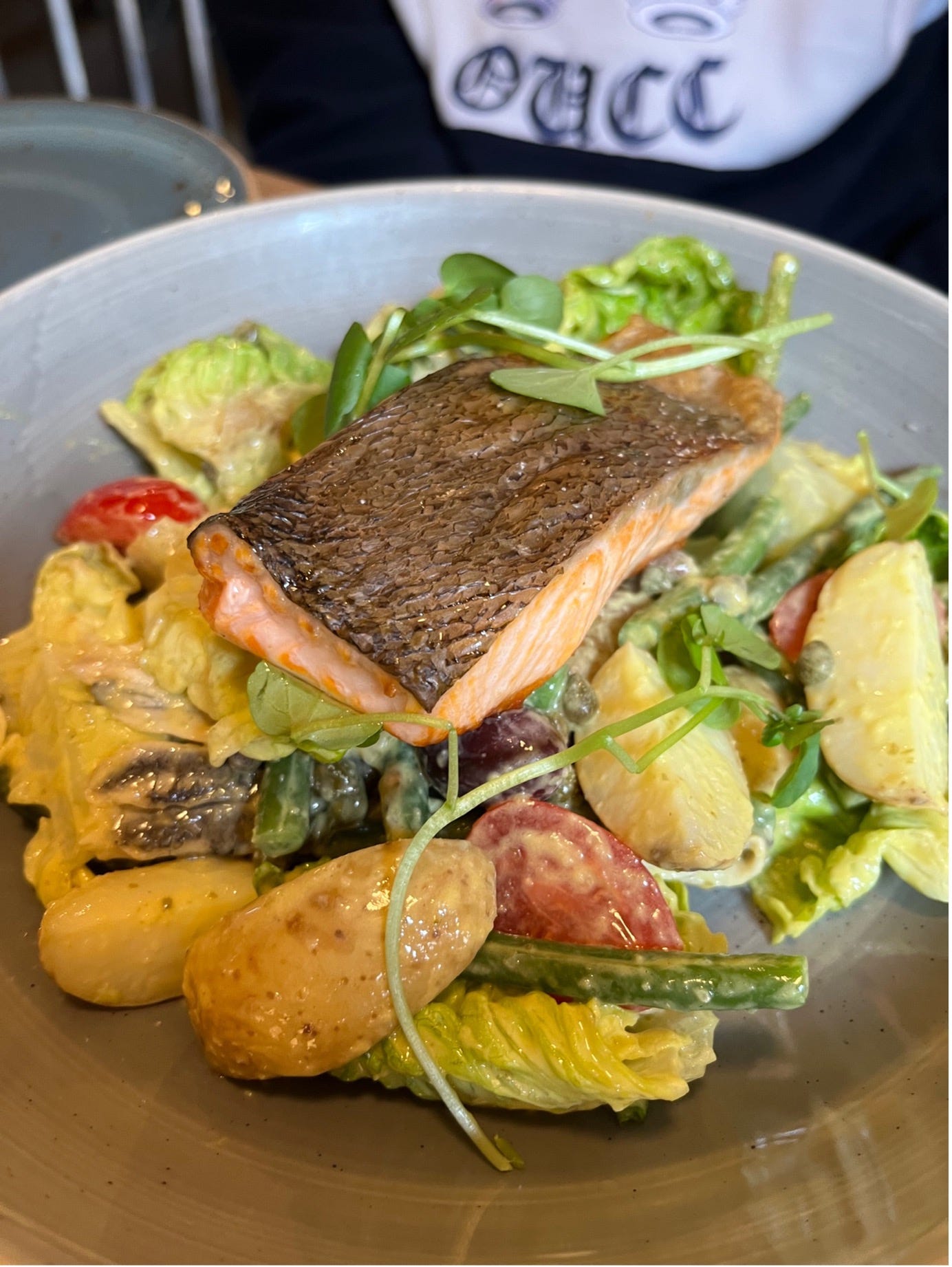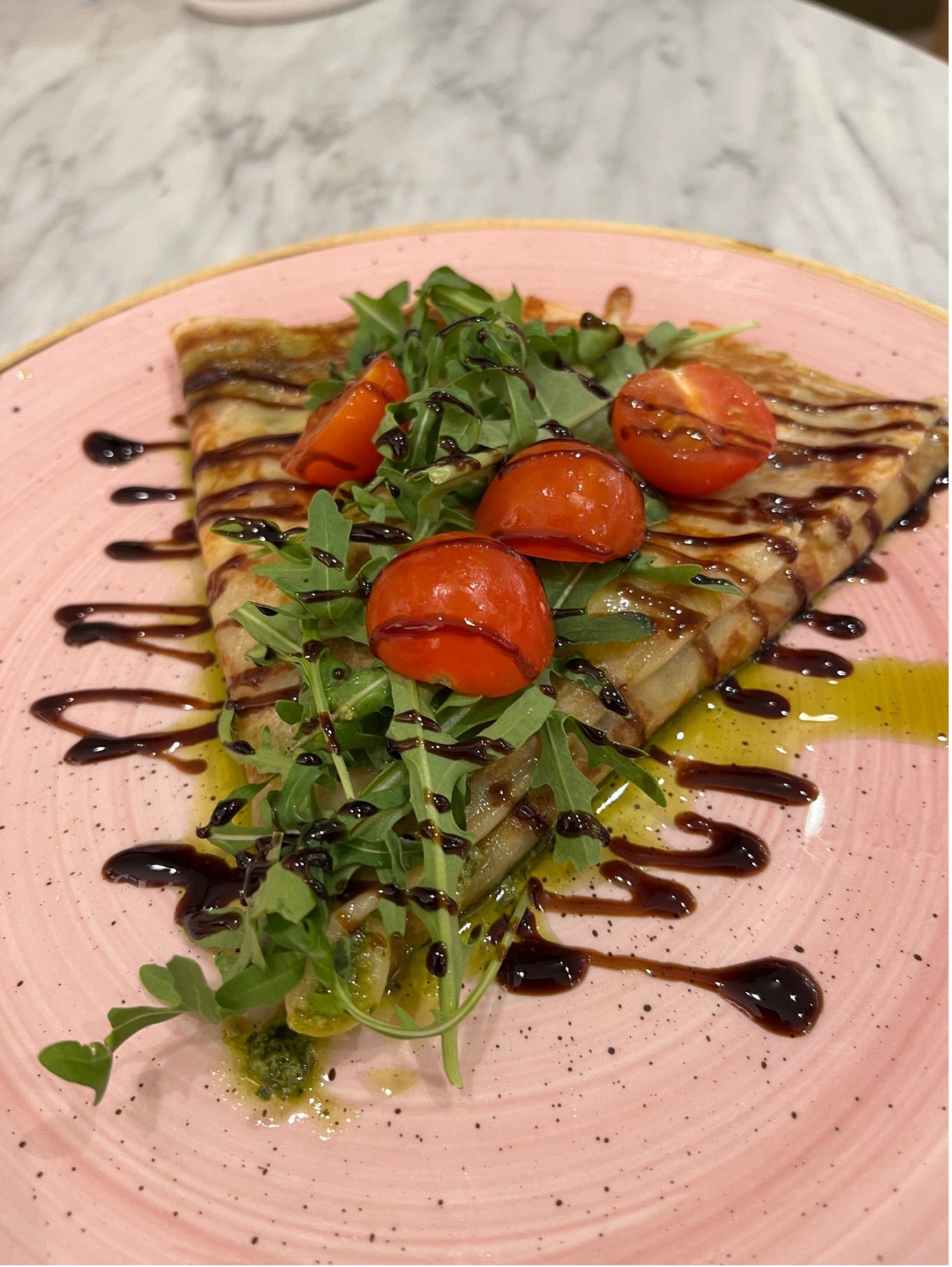Upon entering the House of Terror, I was immediately struck by a great sense of unease. The idea of ‘Dark Tourism’ was not something that had occurred to me until over a year ago, on that overcast day in Budapest. Having frequented the ‘ruin bars’ and wonderfully hot baths, my friends and I decided to spend some spare time in one of the city’s most popular museums. The imposing structure sits on a street corner, facing the large Andrássy Boulevard, and all around the outside are small black and white portraits of victims. A great metal cutout hangs over the edge of the roof, which, depending on the position of the sun, casts the word ‘TERROR’ onto its top-floor windows.
At the entrance, I was confronted by the two memorials dedicated to the victims of the Nazi-allied Arrow Cross Party and the Communists’ Secret Police. Tickets in hand, we were then ushered up a set of stairs, past statues of Stalin, and into the first of the exhibits. The rooms of this museum are incredible, and it was quite unlike any exhibit I had been to before. Each one, the work of architect Attila F. Kovács, is a thought-provoking and artistic statement in itself, and, most importantly, continues that impending sense of dread initially felt. A long table, lined with Arrow Cross uniforms on the wall, leads into another room where the entire floor is a map of prison camps. In another instance, every inch of a model kangaroo courtroom is covered with over 800 pages of documents recording trials and investigations. Next is an absurdly bright room, plastered with garish posters of an ideal communist workday, all whilst jolly music plays in the background. The lights are strategically bright, and to come from the almost sepia courtroom to this sudden display of colour can only have the effect of disorientation. The House of Terror is not meant to be an easy experience.
Further on, a large lift rises very slowly from the deep and dark basement. Once inside, a short film, detailing the method of execution by hanging is played. The man on the screen is seemingly indifferent, and the lift is horribly slow. The museum’s website describes this feeling of dread well: ‘Upon getting to the basement people are rendered speechless; it is hard to say or ask anything, to illuminate with human speech’. Here the darkness of the tourism becomes much more intense. Before, the exhibits fascinate as much as they sadden, but in the lift, there is no escape from the blunt presentation of the video. This lack of escape compels one to listen and accept the reality of the atrocity. In the basement are rows of interrogation cells, and a few more exhibits of resistance and execution. I was reluctant to enter one of the cells, but I did so anyway. It was truly awful. The walls were dull grey, and there wasn’t much space to move. It was also quiet, forcing me to contemplate the use of the small room, and the many victims and abusers who had been in there. On the walls at the end of the basement, in the same style as those outside, are portraits, this time of the perpetrators of these crimes against humanity. What is most shocking is that some of them are still alive.
We left the House of Terror, hardly speaking, and had lunch in a nearby cafe. A certain feeling of queasiness persisted throughout the afternoon. It was a deeply impactful experience, but the difficulty of ‘Dark Tourism’ is that the reasons for this impact can differ greatly from place to place. During the Easter Vac, I visited the Capuchin Crypt in Rome, near Piazza Barberini. Here, underneath the church of Santa Maria della Concezione dei Cappuccini, were several tiny chapels, all containing the remains of 3,700 monks displayed in intricate and artistic ways. On one of the walls, two coccyx bones and various smaller ones made the shape of an egg timer in a humorous comment on mortality. The walls were lined with skulls and above, hanging from the ceiling, were great chandelier-like structures, all made of bones. Some skeletons were even stood up, dressed in the order’s distinctive brown robes. Here, there is no suffering. Instead, death provokes a more philosophical response. We are confronted with the stark reality of what will become of us all, at least in the physical form. It is quite something to peer into the eyeless sockets of a skull and consider that this was once a person, with as many thoughts and dreams as us.
What, then, actually is ‘Dark Tourism’?
As is implied by the term, there is an element to the experience which is unpleasant, or at least unnerving. But ‘tourism’ makes it into something of a paradox, with its implied willingness. The question then becomes one of reconciling these two things. Amongst all dark tourist sites, there seems to be an innate connection to death or suffering. But in the case of cemeteries and crypts, it is a morbid fascination which draws us to them. Why, for example, do 3.5 million people visit Paris’ Père-Lachaise cemetery and its many famous inhabitants on a yearly basis? In my opinion, it’s because being closer to death moves us greatly. It’s not that going to these places poses any actual danger, but rather that here we can view death quite literally face-on. It is an interruption to our otherwise ignorant existence. We like to be challenged, and this sometimes involves us feeling scared and unnerved. Looking deeply into a skull, which cannot talk back, forces us to consider our own mortality and the fact that death is one of the few certainties in life. The phenomenon of ‘Dark Tourism’ happens for differing reasons, but the fact of death and its contemplation is central to all. Returning to the Capuchin Crypt, near a skeleton holding a bone scythe and a set of scales, there is a placard which reads: “What you are now we used to be; what we are now you will be…”.
As a concept, Dark Tourism is very broad, but categorising or especially ranking different locations based on ‘types’ of atrocities or darkness feels unethical and deeply uncomfortable. The website dark-tourism.com practices this, but claims that the ranking is based on the emotional effect of the tourist in visiting the site, rather than the extent of the tragedy. It is not meant to be a pleasant experience, and so perhaps the ranking does serve a genuine purpose, warning potential tourists of how stark and shocking some sites can be. But in light of atrocities, is this not really the least we can do? This, I think, is the other essential aspect of ‘Dark Tourism’. Acknowledging the dreadful things that have happened in the past, and what others have lived through, is an essential act of self-education. In order to know what the House of Terror actually is, for example, one must go there and deeply consider the suffering of the victims. When we learn about tragedies from the news or in the classroom, it is often through depersonalised statistics, but for us to truly gauge the magnitude of an atrocity, it is not enough to be a recipient of information. If we wish to improve our understanding, we have a responsibility to visit these places, to engage with the physical environment and to hope to gain from that an informed understanding of what happened. It is impossible to feel anything close to what those who were victims in the House of Terror felt, but by acknowledging their trauma and the people that they were, we can hope to honour their memory. Human suffering should never be forgotten or covered up, and ‘Dark Tourism’ can help in this respect. The survivors of tragedies will inevitably decrease by the year, and soon there will be no one to pass on an invaluable first-hand account. Many of them died for their political convictions or efforts against murderous regimes, and so we must seek to recognise these beliefs and, most importantly, the fact that these were people just as human as ourselves.
There are, however, drawbacks to this phenomenon. Firstly, the term ‘Dark Tourism’ seems flippant, given the generally negative connotations of the word ‘tourist’. It perhaps gives the impression of a superficial, whistle-stop tour around sites of horror which specifically lacks the emotional engagement that is so important in visiting such places. Tourism is also an industry at heart, and it feels uncomfortable to think of profits made from the suffering of those who died long ago. Whilst there is potential for such exploitation, we can only hope that other sites follow the Auschwitz-Birkenau Foundation in using all funds for the conservation and preservation of the original remains. Greater ethical implications concern voyeurism, whether a sadistic minority would visit such sites for completely wrong reasons, and also poor conduct such as inappropriate photography, posing disrespectfully for pictures and generally dishonouring the memory of victims. Furthermore, there is also a great responsibility placed upon the people who have control over these sites today. The journalist Chris Hedges highlights this in his article ‘Alcatraz: A Prison as Disneyland’. Here he claims that ‘The Alcatraz narrative as presented by the National Park Service ignores the savagery and injustice of America’s system of mass incarceration’, and further claims that the omission of challenging details is akin to ‘whitewashing evil’. His description of the gift shop with various novelties is especially disturbing, a commercialisation of suffering. Admittedly, I haven’t been to Alcatraz myself. But if Hedges’ article is anything to go by, it does a great disservice to the impactful and educational potential of ‘Dark Tourism’.
Fundamentally, ‘Dark Tourism’ locations are places from which we feel a strong emotional response to death or tragedy. They are places unique in their ability to educate humanity, often serving as precedents of things which should never happen again. Despite the problems raised, it is important not to generalise based on a few persons’ behaviour or the shortcomings of one location. I believe that ‘Dark Tourism’ has a genuine and important place in the spheres of travel and academia. These places allow us to understand what we hope to be the limits of human cruelty, and the only way to truly build a better future, is to learn from the past. The notion may be a cliché, but one that is no less pertinent.
‘Dark Tourism’ is a difficult subject, and this article really is just scratching the surface. It is a phenomenon that comes in many forms. My experiences at the House of Terror and the Capuchin Crypt were both educational and both concerned death. But while the skulls were fascinating in an innately morbid sense, the House of Terror forced me to contemplate suffering and humanity in a way that I hadn’t before. And it is because of this that I would recommend it to anyone, strange though it may sound.
Many years ago, I stood over a plaque on the HMS Victory in Portsmouth. It read ‘Here Nelson fell 21st Oct 1805’. I must have been about 10 at the time, yet I fully understood the significance of it. On this small section of the ship’s deck, a man was mortally wounded, who only seconds before had been giving orders in the throng of battle. Death is indiscriminate. It came to Nelson regardless of his rank or reputation. And so, as in the cells of the House of Terror, merely inhabiting the space in which someone lived their last was a truly grounding moment – realising that the victim of this misfortune was just as human as me. Perhaps then, it is this sense of grounding which draws us curiously to the experience of ‘Dark Tourism’.















